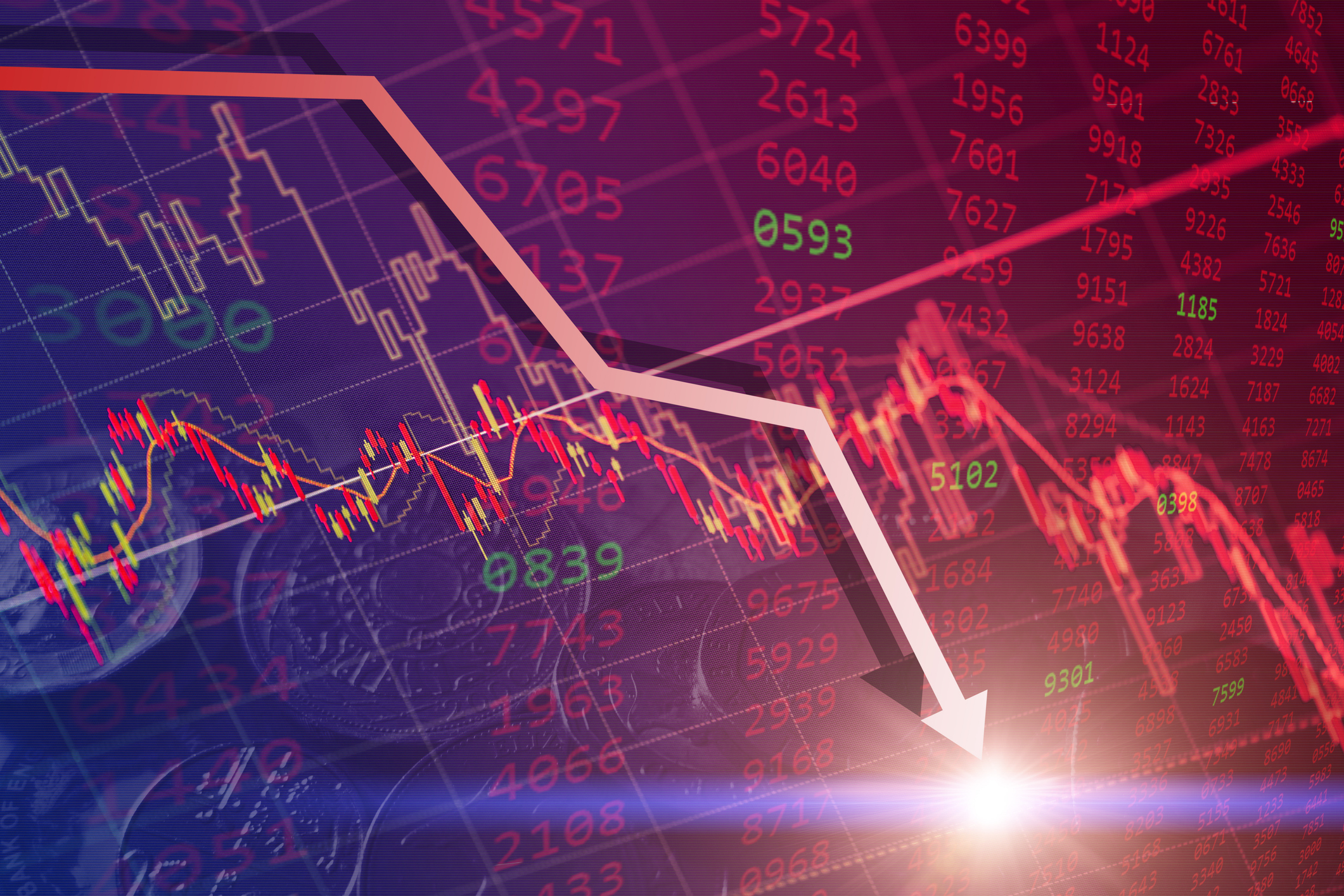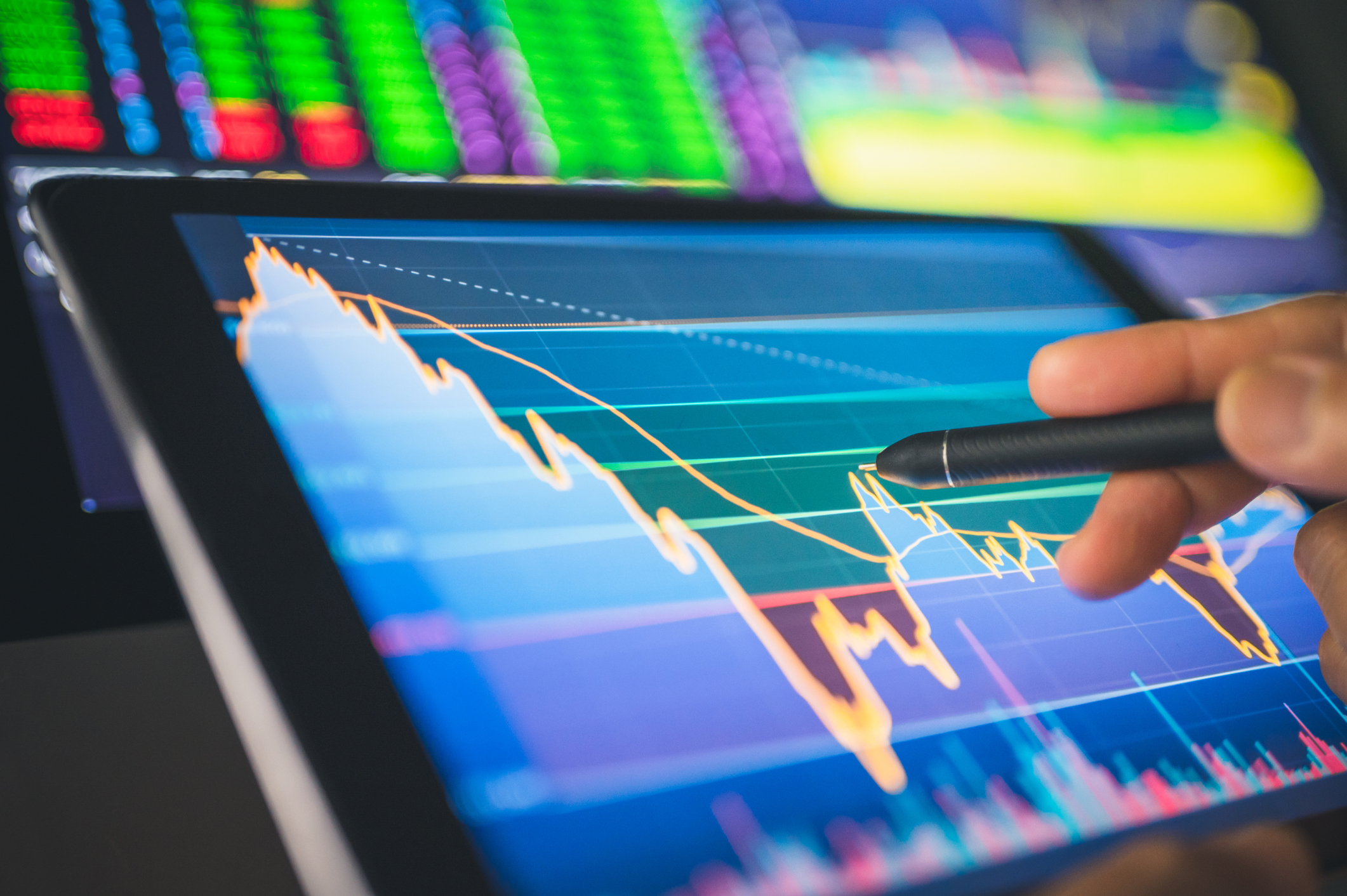5 Dirt-Cheap Index Funds That Invest in Dividend Stocks
Dividend investors typically rely on their regular income payments to either pay the bills or grow their nest eggs via reinvestment.


Dividend investors typically rely on their regular income payments to either pay the bills or grow their nest eggs via reinvestment. Either way, it’s vital that every possible cent in distributions makes it back into the hands of the investor – one of the benefits of investing for income via dirt-cheap index funds.
Generally speaking, buying an exchange-traded fund (ETF) or other diversified fund offers something of a safety net. While investors can go the stock-picking route and hold onto a handful of picks, a fund provides wide diversification across dozens or even hundreds of stocks, shielding the investment from the potential for a sudden detrimental shock to a single company.
The flip side? Funds aren’t free. The Morningstar “Large Value” category, in which many basic U.S. dividend mutual funds can be found, averages 1.05% in annual expenses – that means for every $10,000 one invests, $105 is going toward paying managers, office personnel, building costs and the like. That effectively neutralizes part of the yield earned from the fund.
However, many dividend index funds charge far less. The following is a look at five dirt-cheap ETFs across several sub-categories that will help investors keep more of their regular income checks.
Data is as of Feb. 16, 2018. Yields represent the trailing 12-month yield, which is a standard measure for equity funds. Click on ticker-symbol links in each slide for current share prices and more.<

Schwab U.S. Dividend Equity
- Type: High Dividend
- Market value: $7.4 billion
- Dividend yield: 2.5%
- Expenses: 0.07%
The Schwab U.S. Dividend Equity (SCHD, $51.10) is the cheapest dividend-focused ETF on the market, according to ETFdb.com data. The 0.07% expense ratio means that for every $10,000, Schwab is taking just $7.
Here’s a look at the benefit of cheap index funds. Let’s say SCHD and a mutual fund charging the category average 1.05% both generated the exact same 7% annual return over a period of 30 years. That higher-priced mutual fund would return $55,461, while SCHD would’ve returned $74,540. Not only would the mutual fund gobble up more in fees ($8,961 to $698 for SCHD), but that would also drag on performance via the opportunity cost of having less to reinvest ($11,970 in opportunity cost to just $884 for SCHD).
As for the fund itself, Schwab U.S. Dividend Equity tracks the Dow Jones U.S. Dividend 100 Index, which is composed of high-yielding stocks that consistently pay out dividends and boast fundamental strength compared to peer stocks. This results in a portfolio of mostly blue-chip, large-cap stocks – “who’s who” dividend payers such as Microsoft (MSFT), Boeing (BA) and Pfizer (PFE).
That low payout ratio and sturdy holdings list help earned SCHD its place on the Kiplinger ETF 20 list of the market’s best exchange-traded funds.

Vanguard Dividend Appreciation
- Type: Dividend growth
- Market value: $27.8 billion
- Dividend yield: 1.8%
- Expenses: 0.08%
- Vanguard Dividend Appreciation (VIG, $103.96) isn’t a particularly powerful yielder. In fact, at the moment, VIG delivers just a little more income than the S&P 500 (1.7%).
But high current yield isn’t really the point of Vanguard Dividend Appreciation. It’s all about dividend growth – and what dividend growth means to investors.
VIG tracks the stocks in the Nasdaq US Dividend Achievers Select Index, made up of companies that have improved their regular payouts on an annual basis for at least 10 years. Unsurprisingly, this index fund holds many of the same stocks SCHD does, such as Microsoft and Johnson & Johnson (JNJ), but the top 10 holdings include a few different faces, too, such as medical device company Medtronic (MDT) and railroad operator Union Pacific (UNP).
The case for dividend growth is twofold. For one, a focus on companies that reliably improve their payouts should lead to higher yields on initial cost over time – while VIG might pay out 1.8% today, in theory, it should pay more on an annual basis every year the fund is held. Also, many analysts and market theorists consider dividend growth to be a signal of a company’s financial health, and thus the fact that all of these companies have improved their distributions for at least a decade indicates a level of quality that other stocks don’t have.

iShares International Dividend Growth
- Type: International dividend growth
- Market value: $52.3 million
- Dividend yield: 2.4%
- Expenses: 0.22%
The iShares International Dividend Growth (IGRO, $58.75) ETF subscribes to the same theory as VIG, but provides international exposure for investors who want geographic diversification, too.
IGRO is a robust portfolio of roughly 430 holdings across developed-market countries such as the United Kingdom, Canada, Switzerland and Taiwan. And like the previous funds, iShares International Dividend Growth is chock full of big blue chips such as pharma outfit Roche Holding (RHHBY), electronics conglomerate Samsung (SSNLF) and foods giant Nestle (NSRGY).
The bar to clear for dividend growth is small, at just five consecutive years to qualify for inclusion in the tracking index. However, the Morningstar Global ex-US Dividend Growth Index also requires component companies to have “a significant margin to continue growing dividends.”
The expense ratio of 0.22% is considerably cheaper than the category average 0.36%, too.

iShares Core U.S. REIT ETF
- Type: Real estate investment trust (REIT)
- Market value: $405.5 million
- Dividend yield: 3.6%
- Expenses: 0.08%
Real estate investment trusts were created by Congress in 1960 to better allow regular investors access to invest in real estate. Specifically, REITs own and operate real estate, and in exchange for certain tax benefits, they’re required to pay out at least 90% of their taxable income as dividends to shareholders. These distributions often are more generous than the average stock, making REITs a beloved source of dividend income.
The iShares Core U.S. REIT ETF (USRT, $45.10) is one of the cheapest ways to invest in this space, and one of the most diversified REIT index funds as well. USRT holds nearly 160 REITs, spanning categories such as retail, residential, office, industrial, healthcare and hotels.
The fund is a little top-heavy, with large REITs such as Simon Property Group (SPG, 6.3%), Prologis (PLD, 4.2%) and Equinix (EQIX, 4.1%) accounting for large chunks of the ETF’s performance. Still, it’s diversified enough across specialty to help mitigate at least some risk.
USRT also shows the income power of REITs, yielding 3.6% at the moment – more than double S&P 500-tracking ETFs.

Global X U.S. Preferred ETF
- Type: Preferred
- Market value: $26.5 million
- SEC yield: 5.9%*
- Expenses: 0.23%
Preferred stocks are a different breed than the areas discussed so far. The other funds have dealt in common stocks – shares that represent ownership in the company, typically come with voting rights and allow investors to partake in growth.
Preferreds, however, are viewed as hybrids, boasting features of both common stocks and bonds. On the one hand, preferred stocks do represent ownership in the company, just like a stock. However, they pay out a fixed dividend that’s more similar to bonds’ coupon payments, and they also tend to trade in a range around an initial par value, like bonds. But while they tend to not appreciate like stocks, they often pay out large dividends between 5% and 8%, giving them appeal among investors looking for income and stability.
The Global X U.S. Preferred ETF (PFFD, $24.10) is the cheapest option among index funds that invest in preferred stocks. Its 0.23% expense ratio is nearly half the U.S. preferred category average. PFFD also is among the youngest preferred funds on the market, launched in September 2017 at a dirt-cheap price to undercut the established competition.
Global X’s ETF holds more than 200 preferred stocks, mostly from financial companies (75.7%) – par for the course among preferred-stock funds. Real estate (6.4%), utilities (6%) and telecoms (3.9%) are among other represented industries. And at the moment, its nearly 6% yield is a little better than popular rivals such as the iShares U.S. Preferred Stock ETF (PFF) and PowerShares Preferred Portfolio (PGX).
*SEC yield reflects the interest earned after deducting fund expenses for the most recent 30-day period and is a standard measure for bond and preferred-stock funds.
Profit and prosper with the best of Kiplinger's advice on investing, taxes, retirement, personal finance and much more. Delivered daily. Enter your email in the box and click Sign Me Up.
Kyle Woodley is the Editor-in-Chief of WealthUp, a site dedicated to improving the personal finances and financial literacy of people of all ages. He also writes the weekly The Weekend Tea newsletter, which covers both news and analysis about spending, saving, investing, the economy and more.
Kyle was previously the Senior Investing Editor for Kiplinger.com, and the Managing Editor for InvestorPlace.com before that. His work has appeared in several outlets, including Yahoo! Finance, MSN Money, Barchart, The Globe & Mail and the Nasdaq. He also has appeared as a guest on Fox Business Network and Money Radio, among other shows and podcasts, and he has been quoted in several outlets, including MarketWatch, Vice and Univision. He is a proud graduate of The Ohio State University, where he earned a BA in journalism.
You can check out his thoughts on the markets (and more) at @KyleWoodley.
-
 The Santa Claus Rally Officially Begins: Stock Market Today
The Santa Claus Rally Officially Begins: Stock Market TodayThe Santa Claus Rally is officially on as of Wednesday's closing bell, and initial returns are positive.
-
 How to Leave Different Amounts to Adult Children Without Causing a Rift
How to Leave Different Amounts to Adult Children Without Causing a RiftHere’s how to leave different amounts to adult children without causing a family rift.
-
 My Retirement Learning Curve, 1 Year In
My Retirement Learning Curve, 1 Year InA retiree checks in with what they wish they knew early on and what they've changed about their plan one year in.
-
 The Santa Claus Rally Officially Begins: Stock Market Today
The Santa Claus Rally Officially Begins: Stock Market TodayThe Santa Claus Rally is officially on as of Wednesday's closing bell, and initial returns are positive.
-
 'Humbug!' Say Consumers, Despite Hot GDP: Stock Market Today
'Humbug!' Say Consumers, Despite Hot GDP: Stock Market Today"The stock market is not the economy," they say, but both things are up. Yet one survey says people are still feeling down in the middle of this complex season.
-
 Stocks Rise to the Spirit of the Season: Stock Market Today
Stocks Rise to the Spirit of the Season: Stock Market TodayInvestors, traders and speculators are beginning to like the looks of a potential year-end rally.
-
 Nasdaq Leads as Tech Stages Late-Week Comeback: Stock Market Today
Nasdaq Leads as Tech Stages Late-Week Comeback: Stock Market TodayOracle stock boosted the tech sector on Friday after the company became co-owner of TikTok's U.S. operations.
-
 Cooler Inflation Supports a Relief Rally: Stock Market Today
Cooler Inflation Supports a Relief Rally: Stock Market TodayInvestors, traders and speculators welcome much-better-than-hoped-for core CPI data on top of optimism-renewing AI earnings.
-
 Nasdaq Sinks 418 Points as Tech Chills: Stock Market Today
Nasdaq Sinks 418 Points as Tech Chills: Stock Market TodayInvestors, traders and speculators are growing cooler to the AI revolution as winter approaches.
-
 Stocks Chop as the Unemployment Rate Jumps: Stock Market Today
Stocks Chop as the Unemployment Rate Jumps: Stock Market TodayNovember job growth was stronger than expected, but sharp losses in October and a rising unemployment rate are worrying market participants.
-
 Stocks Struggle Ahead of November Jobs Report: Stock Market Today
Stocks Struggle Ahead of November Jobs Report: Stock Market TodayOracle and Broadcom continued to fall, while market participants looked ahead to Tuesday's jobs report.

